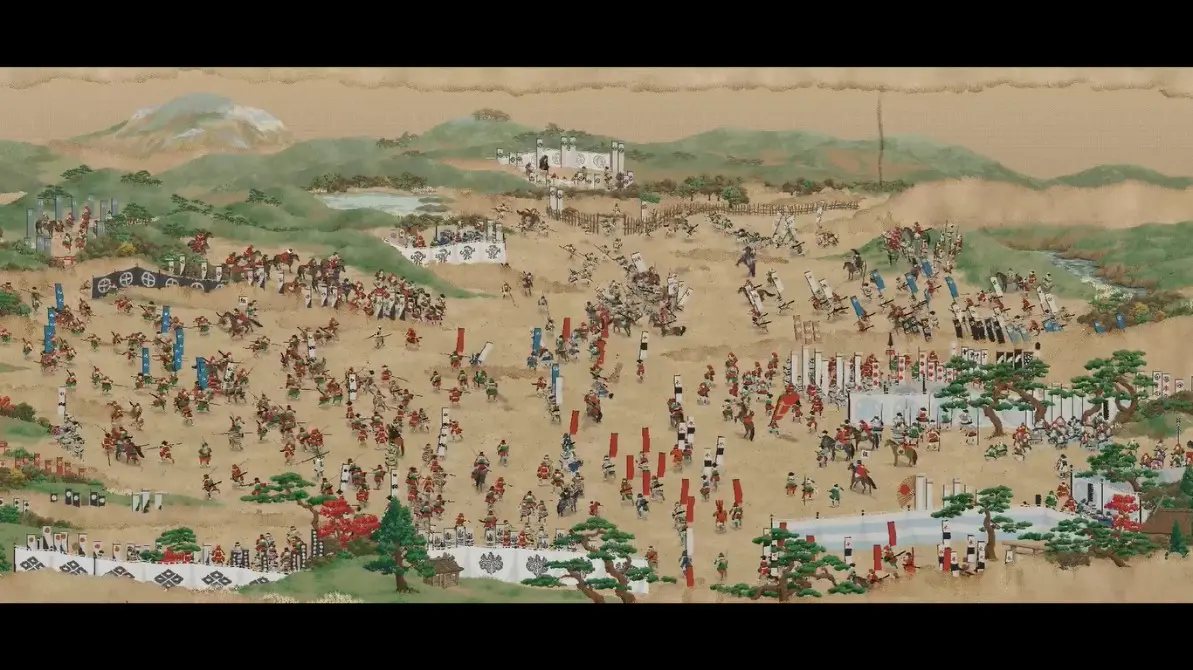The Battle of Sekigahara was a defining moment in Japanese history in 1600. This battle not only decided the political fate of Japan but also marked the beginning of the Tokugawa Shogunate, a period that significantly influenced the country’s future.
Explore the events leading up to the battle, the intense and strategic combat that ensued, and the profound changes that followed.
Takeaways
- The Battle of Sekigahara resulted from political and military tensions after Toyotomi Hideyoshi’s death. This division led to the formation of the Eastern and Western Armies in Japan.
- The battle featured strategic positioning and surprise encounters. Key betrayals played a pivotal role, leading to the victory of Tokugawa Ieyasu’s Eastern Army over Ishida Mitsunari’s Western Army.
- The aftermath saw a major shift in Japan’s political landscape. Ieyasu, granted the title of shogun, centralized power and established control over the samurai class.
- Ieyasu’s victory marked the beginning of the Tokugawa Shogunate. This period brought over 250 years of relative peace and stability to Japan.
Prelude to the Battle of Sekigahara
The Battle of Sekigahara was preceded by a period of intense political and military maneuvering during the Azuchi-Momoyama period.
Following his passing, Toyotomi Hideyoshi left a power vacuum with his young heir Hideyori protected in Osaka Castle. This uncertain situation divided Japan into two well-armed factions, setting the stage for a decisive conflict.
In this charged atmosphere, domain lords aligned themselves with one of two major forces.
On one side was the Western Army, gathered under the leadership of Ishida Mitsunari, a seasoned and respected general. This coalition was not merely a military assembly but also represented a political stance against the rising power of Tokugawa Ieyasu, the leader of the opposing Eastern Army.
Ieyasu, an intelligent and ambitious warlord, had gained significant influence and was poised to assert his dominance over Japan.
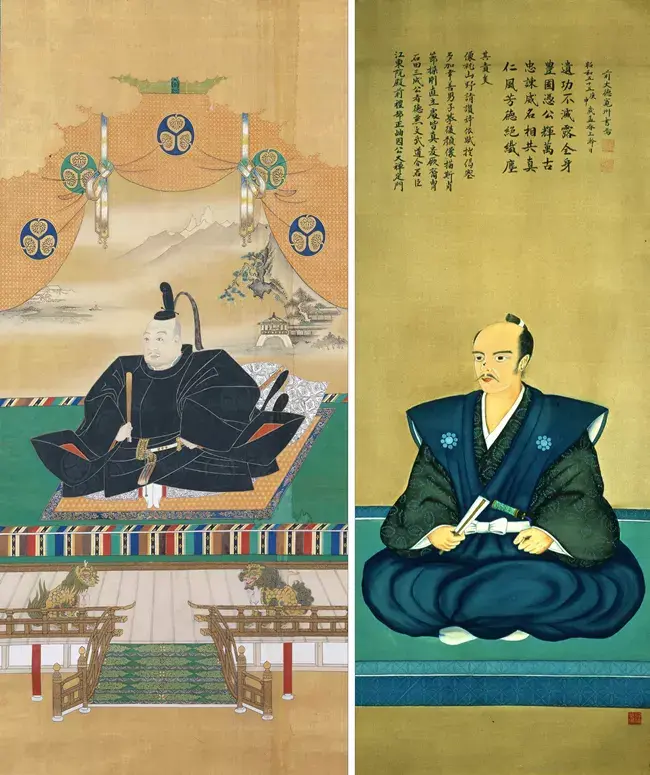
The stage for the Battle of Sekigahara was set in the year 1600. It was more than just a clash of Samurai armies; it was a contest that would determine the future course of Japan. Both sides understood the high stakes involved.
Mitsunari’s Western Army was formidable, comprising a range of skilled warriors and generals, while Ieyasu’s Eastern Army was equally impressive, showcasing disciplined and experienced troops.
The strategic importance of the battle’s location cannot be overstated. Sekigahara, situated at the foot of Mount Ibuki, lay at a crucial crossroads in the Nakasendo, an important route in Japan’s network of roads.
This positioning was critical for controlling the movement of armies and resources. The area’s geography, including the surrounding mountains and the road network, would play a significant role in the tactics and outcome of the impending battle.
As tensions escalated, both armies made their way to Sekigahara, enduring a harsh march under adverse weather conditions, including a severe downpour and strong winds.
This march tested the troops’ physical endurance and set a grim tone for the battle ahead.
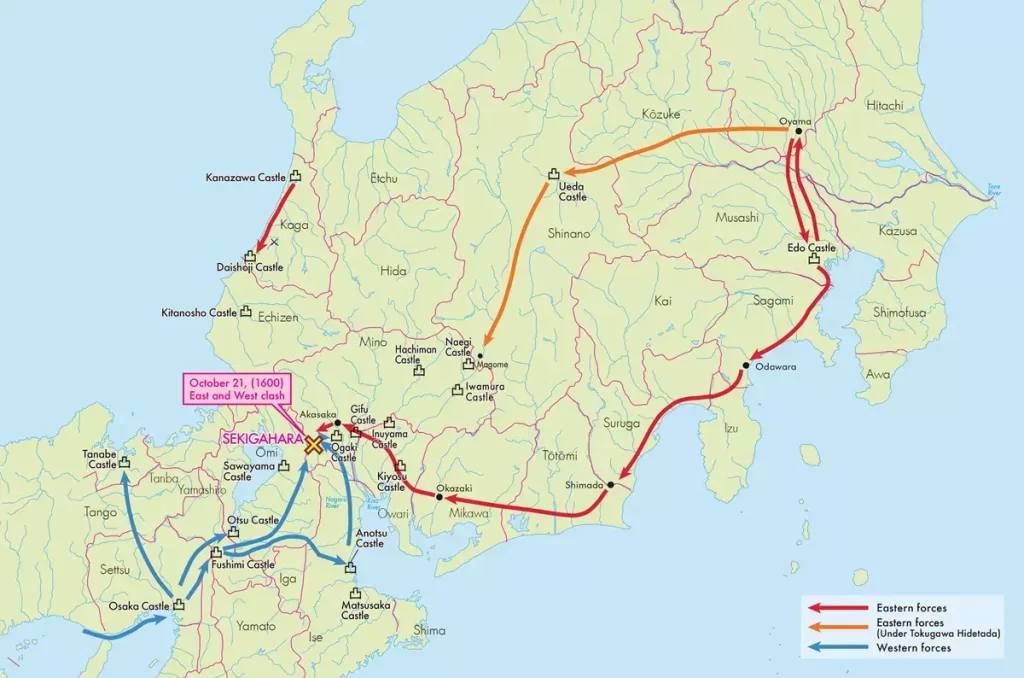
The Battle of Sekigahara
The Battle of Sekigahara, fought on October 21, 1600, was not just a single engagement but a series of intense conflicts that defined the future of Japan.

As dawn broke, the terrain of Sekigahara, shrouded in dense fog, set a dramatic stage for the ensuing combat. Visibility was reduced to a mere six feet, adding a layer of uncertainty and fear to the already tense atmosphere.
The 80,000-strong Western Army, led by Ishida Mitsunari, was strategically positioned with key generals and troops. Ishida covered the road to the north, flanked by his chief military adviser Shima Sakon and other notable commanders.
Their forces comprised skilled samurai, including those from the Osaka Castle garrison. The army’s composition reflected a blend of experience and strategy, with different divisions occupying critical positions around Sekigahara.
Compared to the Western Army, Ieyasu’s Eastern Army had 74,000 troops. Their formation included renowned leaders like Kuroda Nagamasa and Hosokawa Tadaoki, and they were a strong and formidable force nonetheless. They took their positions in a strategically advantageous gap near Mount Ibuki.
The initial phase of the battle was marked by confusion and surprise encounters. A significant moment occurred when Fukushima Masanori’s vanguard of the Eastern Army unexpectedly collided with the rear ranks of Ukita Hideie’s Western forces. Despite the shock, both sides managed to disengage without major conflict.
As the fog lifted, the battle escalated rapidly.
The Eastern Army, led by Ii Naomasa and his famed ‘Red Devils’, launched a ferocious attack on the Western skirmishers. This move set off a chain reaction of intense hand-to-hand combat and the use of arquebuses, a testament to the brutal and unforgiving nature of the battle.
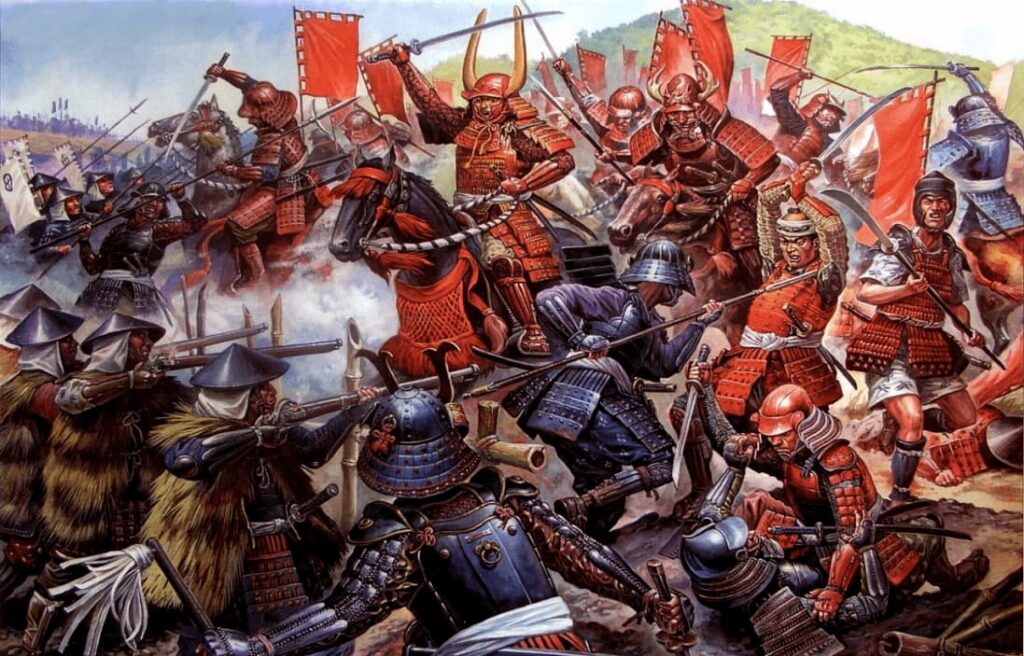
One of the most pivotal moments of the battle was the betrayal of Kobayakawa Hideaki, a vital general of the Western Army. His decision to side with the Eastern Army during the battle significantly shifted the tide in favor of Ieyasu.
This act of betrayal demoralized the Western troops and altered the course of the battle.
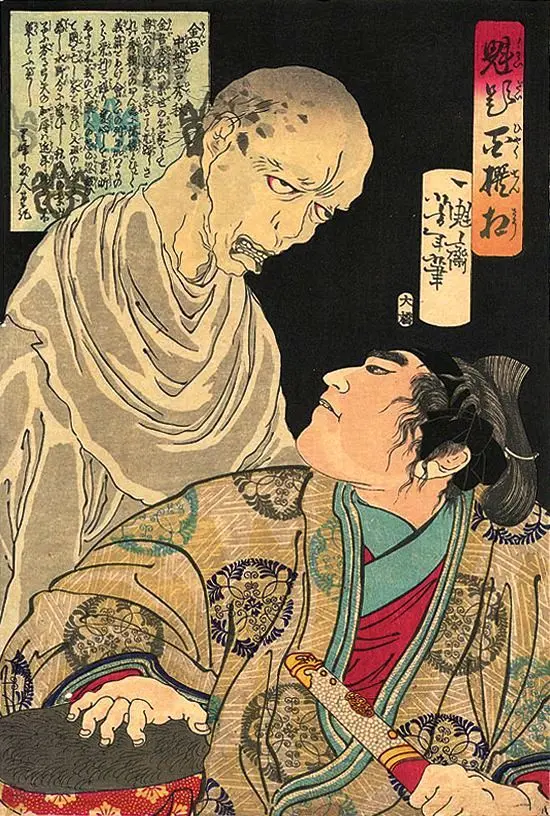
As the conflict intensified, the Eastern Army gained a decisive upper hand. Their coordinated attacks, coupled with the defection of key Western commanders, led to the gradual breakdown of Mitsunari’s forces.
The Western Army’s center, under the leadership of Konishi Yukinaga and Ukita Hideie, faced overwhelming pressure and eventually crumbled under the Eastern onslaught.
The battle climaxed with Ishida Mitsunari’s forces being overwhelmed and the Shimazu clan making a valiant but futile stand.
The ferocity of the Eastern Army, combined with strategic betrayals and relentless attacks, eventually led to a comprehensive victory for Tokugawa Ieyasu.
Aftermath of the Battle of Sekigahara
The aftermath of the Battle of Sekigahara was a turning point in Japanese history, marking the beginning of a new era under Tokugawa rule. The victory of Tokugawa Ieyasu’s Eastern Army had far-reaching consequences, reshaping Japan’s political and social landscape.
Following the battle, the fate of the Western Army’s leaders was swift and grim. Key figures such as Ishida Mitsunari, Konishi Yukinaga, and Ankokuji Ekei faced execution, their heads displayed on pikes on the Sonjo Bridge in Kyoto.
This act was a punishment and a stark message to anyone who might oppose Tokugawa’s authority.
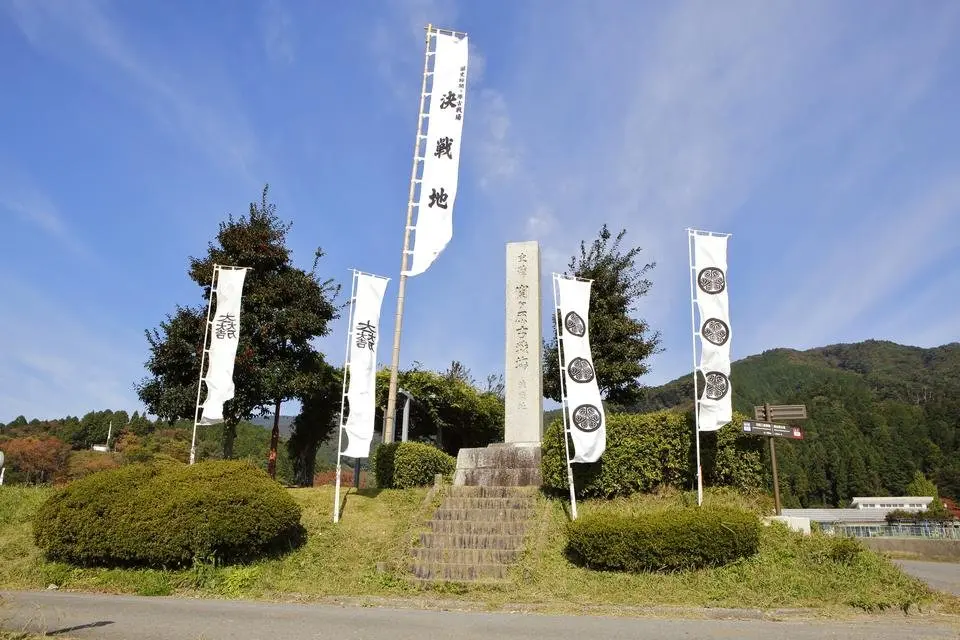
In 1603, Emperor Go-Yozei formally recognized Ieyasu’s supremacy by granting him the title of shogun. This solidified the Tokugawa family’s control over Japan, marking the beginning of a period of relative peace and stability that would last over two and a half centuries. Ieyasu’s ascent to shogun was not just a military triumph, but also a significant political achievement.
Ieyasu’s strategy for consolidating power involved rewarding loyalty and reorganizing the feudal structure. He generously distributed over 6 million koku of land to warlords who had sided with him at Sekigahara.
This generosity not only rewarded past loyalty but also ensured future allegiance, strengthening the Tokugawa shogunate’s foundation.
The Tokugawa bakufu (shogunate) implemented stringent policies to control and monitor the daimyo (domain lords). The ‘Laws for Military Households’, established in 1615, outlined conduct for warrior families, emphasizing frugality and prohibiting unauthorized activities like marriages, new castle constructions, and alliances.
These laws were designed to maintain social order and uphold the moral values of the samurai class.
The bakufu also categorized domain lords into three groups based on their allegiance during the Battle of Sekigahara. Vassal lords (fudai) were those who had fought alongside Ieyasu and were rewarded with government positions. The relatives of the Tokugawa family (shinpan) held a special status, with potential to attain shogunate positions. The ‘outside lords’ (tozama), who had opposed Ieyasu, were isolated and excluded from central decision-making, a strategy to prevent future rebellions and ensure loyalty.
Ieyasu established a stable and centralized government that ensured the Tokugawa shogunate’s long rule during the Edo period.
Frequently Asked Questions
What were the causes of the Battle of Sekigahara?
The Battle of Sekigahara was caused by a power vacuum after Toyotomi Hideyoshi’s death. This led to a division between the Eastern Army, led by Tokugawa Ieyasu, and the Western Army, under Ishida Mitsunari.
Who won the Battle of Sekigahara?
Tokugawa Ieyasu’s Eastern Army won the Battle of Sekigahara.
Why was the Battle of Sekigahara important
The Battle of Sekigahara’s importance lies in its decisive outcome. It shifted power to Tokugawa Ieyasu, establishing the Tokugawa Shogunate and over 250 years of stability in Japan.
Further Reading
- The Samurai – A Military History by Stephen Turnbull
- A Concise History of Japan by Brett L. Walker

